Giovanni Benedetto Castiglione (1609 – 1664)
Get a Castiglione Certificate of Authenticity for your painting or a COA for your Boucher drawing or print.
For all your Castiglione artworks you need a Certificate of Authenticity in order to sell, to insure or to donate for a tax deduction.
How to get a Castiglione Certificate of Authenticity is easy. Just send us photos and dimensions and tell us what you know about the origin or history of your Castiglione painting, drawing or print.
If you want to sell your Castiglione painting, drawing or print use our selling services. We offer Castiglione selling help, selling advice, private treaty sales and full brokerage.
We have been authenticating Castiglione and issuing certificates of authenticity since 2002. We are recognized Castiglione experts and Castiglione certified appraisers. We issue COAs and appraisals for all Castiglione artworks.
Our Castiglione paintings, drawings and print authentications are accepted and respected worlwide.
Each COA is backed by in-depth research and analysis authentication reports.
The Castiglione certificates of authenticity we issue are based on solid, reliable and fully referenced art investigations, authentication research, analytical work and forensic studies.
We are available to examine your Castiglione painting, drawing or print anywhere in the world.
You will generally receive your certificates of authenticity and authentication report within two weeks. Some complicated cases with difficult to research Castiglione paintings or drawings take longer.
Our clients include Castiglione collectors, investors, tax authorities, insurance adjusters, appraisers, valuers, auctioneers, Federal agencies and many law firms.
We perform Giovanni Castiglione art authentication, appraisal, certificates of authenticity (COA), analysis, research, scientific tests, full art authentications. We will help you sell your Giovanni Castiglione or we will sell it for you.
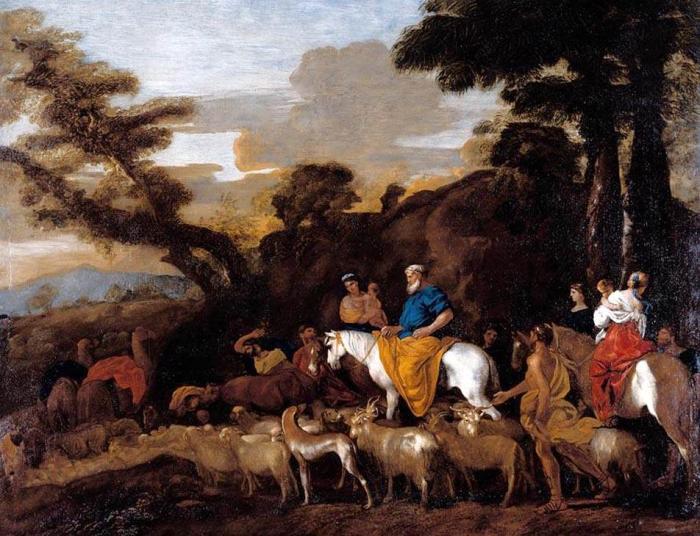
Giovanni Castiglione was an Italian Baroque artist, painter, printmaker and draftsman, of the Genoese school. He is best known now for his elaborate engravings, and as the inventor of the printmaking technique of monotyping. He was known as Il Grechetto in Italy and in France as Le Benédette.
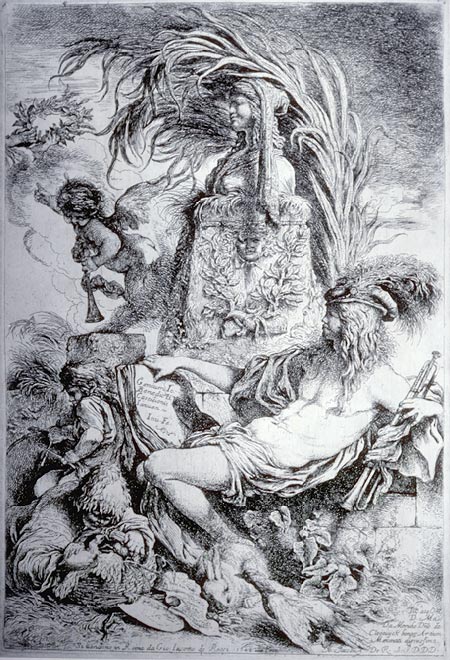
Etching
Castiglione was born in Genoa. His early training is unclear. He may have studied with Sinibaldo Scorza (1589-1631). Wittkower describes him as a passionate student of van Dyck, who arrived in 1621, and Rubens who also stayed in Genoa at this time. He may have trained under the Genoese Bernardo Strozzi, and certainly encountered the work of Domenico Fetti in Mantua. He lived in Rome from 1634-c1645, then returned to Genoa. He was back in Rome in 1647 before moving in 1651 to be court artist in Mantua, where he died.
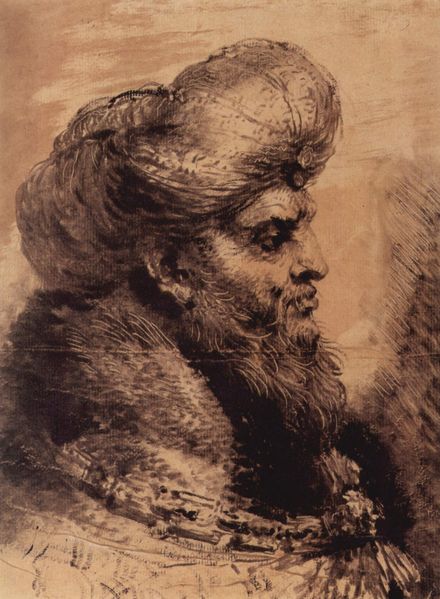
Sketch of a Man
He painted portraits, historical pieces and landscapes, but chiefly excelled in fairs, markets and rural scenes with animals. Noah’s ark and the animals entering the Ark was a favorite subject of his. His paintings are to be found in Rome, Venice, Naples, Florence, and more especially Genoa and Mantua. The Presepio (Nativity of Jesus) in the church of San Luca, Genoa, ranks among his most celebrated paintings, and the Louvre contains eight characteristic examples.
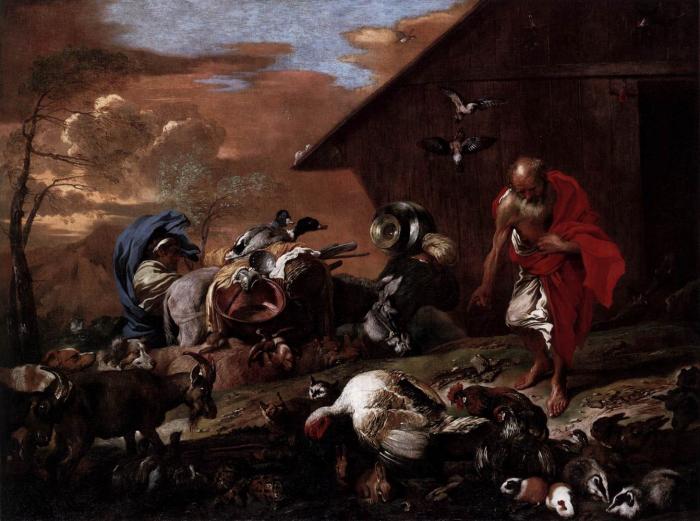
In Front of Noah’s Ark, 1650
He was a brilliant draftsman and pioneered the development of the oil sketch (often using a mixture of mediums) as a finished work – previously they had been used only for working studies for another finished piece, for example by Rubens. He returned to the same subjects over and over again, but with significantly different compositions each time.

The Raising of Lazarus, Etching, 1648
He also executed a number of etchings (see cover of edition of The genius of Castiglione published in 1648).Diogenes searching for a Man is one of the principal of these; others are about religious themes. Some are moralistic stories such as that of the blind leading the blind. The etchings are remarkable for light and shade, and have even earned for Castiglione the name of a second Rembrandt. He was exposed to Rembrandt’s etching by 1630. In about 1648 he invented the monotype, the only printmaking technique to be an Italian invention, making over twenty over the succeeding years.

Diogenes
In Mantua, he received his name of Grechetto, from the classic air of his pastorals. His brother Salvatore and his son Francesco excelled in the same subjects; and it is thought that many paintings which are ascribed to Benedetto are only copies after him, or perhaps originals by his son or brother. He also influenced Anton Maria Vassallo (c1640-60).
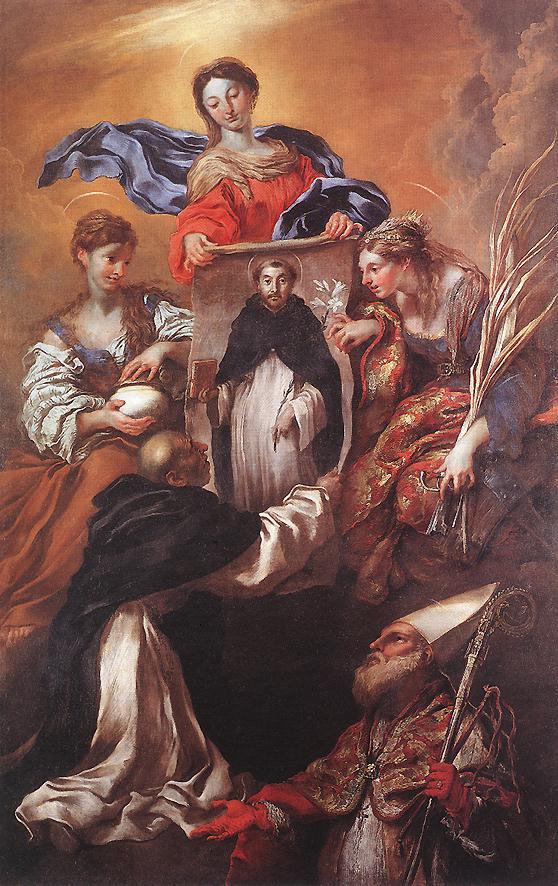
The Miracle of Soriano 1655
Still wondering about an Italian painting in your family collection? Contact us…it could be by Giovanni Castiglione.
Reviews
1,217 global ratings
5 Star
4 Star
3 Star
2 Star
1 Star
Your evaluation is very important to us. Thank you.
